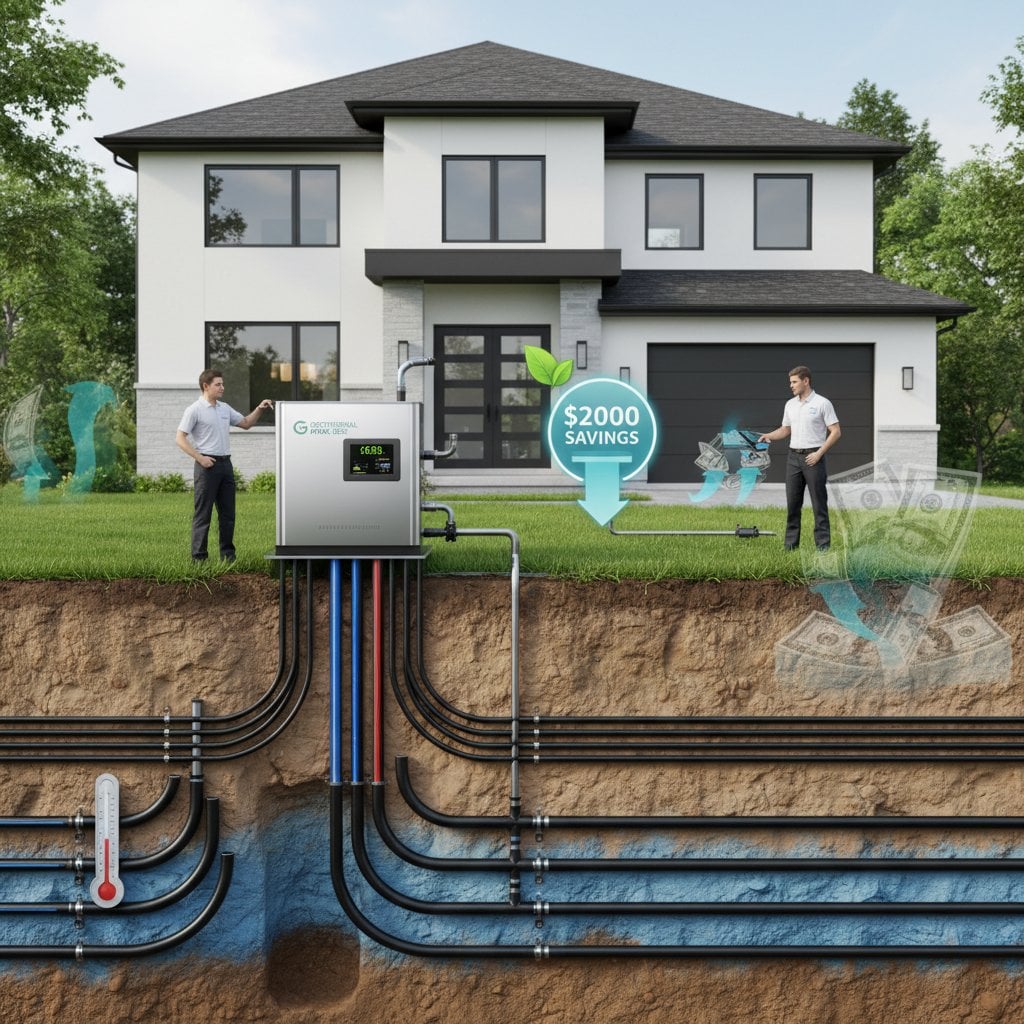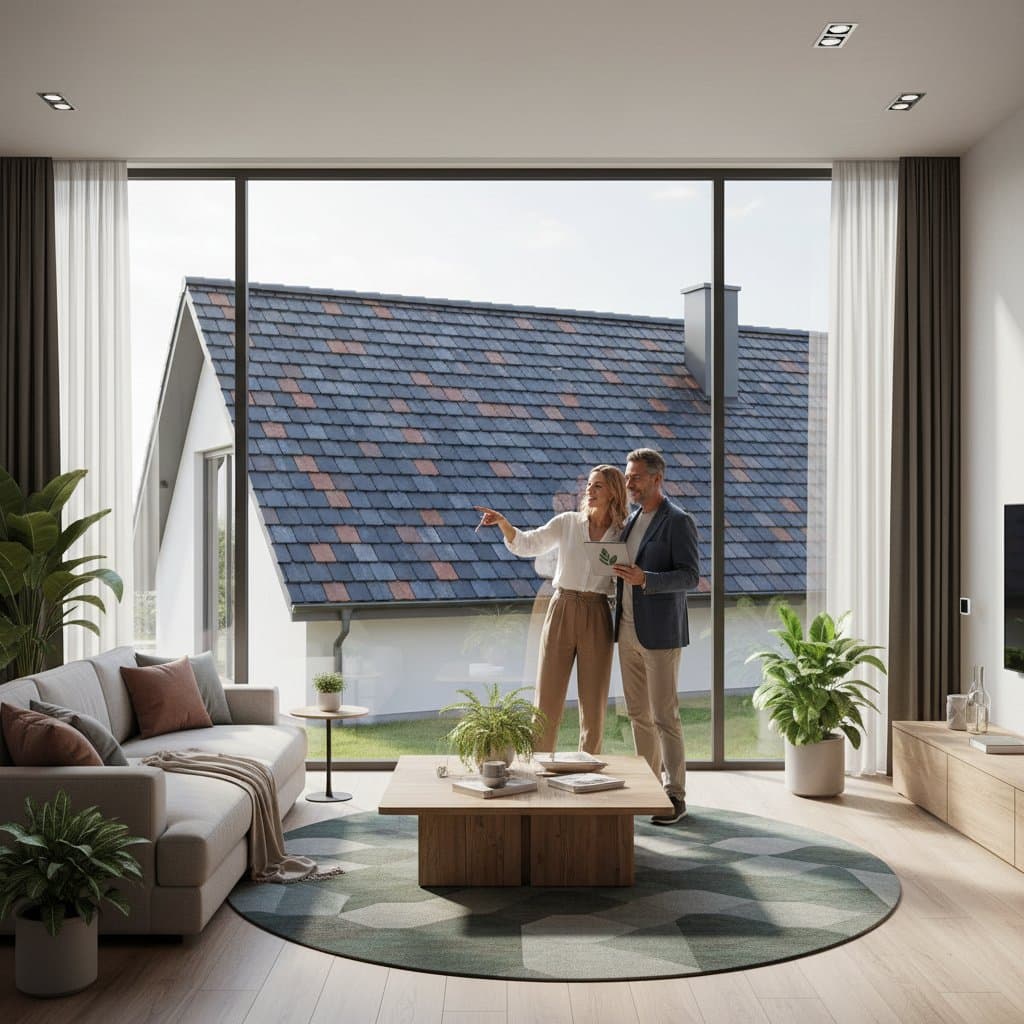Hempcrete Walls: Carbon Capture for Greener Homes
When readers consider sustainable homes, solar panels or smart thermostats often come to mind. However, one of the most impactful materials for lowering carbon footprints resides within the walls themselves. Hempcrete, a bio-based material composed of hemp, lime, and water, redefines carbon capture and insulation in construction. This material functions not only as eco-friendly insulation but also as a persistent carbon sink that absorbs CO₂ long after installation.
Key Points
- Hempcrete stores up to 165 kilograms of CO₂ per cubic meter, transforming structures into enduring carbon sinks.
- The material delivers superior thermal regulation, which cuts heating and cooling expenses by 30 to 50 percent.
- Hemp cultivation occurs rapidly without pesticides or extensive irrigation, positioning it as a highly sustainable resource for building.
- Initial expenses exceed traditional materials by 10 to 20 percent, yet energy and maintenance savings recoup the investment over time.
- Effective installation ensures optimal structural strength and environmental advantages.
What Exactly Is Hempcrete?
Hempcrete consists of the woody core of the hemp plant, called the hurd, combined with a lime-based binder and water. This blend creates a lightweight, breathable substance that solidifies gradually. Builders apply hempcrete as insulating infill around timber or steel frames, rather than for load-bearing purposes like concrete.
Hemp plants mature in approximately four months and sequester substantial carbon through photosynthesis. Data from the European Industrial Hemp Association indicates that each ton of hemp captures about 1.6 tons of CO₂. In construction applications, this sequestered carbon remains embedded in the material for decades, enhancing long-term environmental value.
How Hempcrete Captures Carbon
Carbon sequestration in hempcrete starts during the plant's growth phase. Hemp absorbs atmospheric CO₂ via photosynthesis, storing it in its fibers. Upon mixing with lime, the binder undergoes a curing process that further captures CO₂ from the surrounding air, converting it into stable calcium carbonate.
This dual mechanism ensures carbon remains trapped within the walls for extended periods. The finished hempcrete continues subtle absorption over time, maintaining its role as a carbon sink.
| Carbon Source | Capture Mechanism | Long-Term Storage |
|---|---|---|
| Hemp Growth | Absorbs CO₂ during photosynthesis | Stored in hemp fiber |
| Lime Binder | Absorbs CO₂ as it cures | Turns into calcium carbonate |
| Finished Wall | Continues low-level absorption over time | Acts as a long-term carbon sink |
Dr. Maria Jensen, an environmental engineer focused on sustainable building, states, "Hempcrete reverses the standard carbon equation. Instead of emitting carbon during production, the material locks it away, creating a net-negative building envelope."
Thermal and Moisture Performance
Hempcrete regulates indoor environments effectively beyond its carbon advantages. Its high thermal mass absorbs heat during the day and releases it gradually at night, which stabilizes temperatures and minimizes reliance on heating or cooling systems.
The material's vapor permeability permits moisture to traverse walls without forming condensation, thereby reducing mold risks and enhancing air quality. In regions with fluctuating humidity, this characteristic proves especially beneficial for occupant comfort.
Reports from builders highlight that hempcrete-insulated homes sustain steady indoor temperatures amid severe weather. Such performance yields energy reductions of up to 50 percent relative to fiberglass or foam alternatives, offering tangible savings for residents.
Comparing Hempcrete to Conventional Materials
Hempcrete stands out for its environmental superiority when evaluated against standard options. Concrete production releases up to 400 kilograms of CO₂ per cubic meter, whereas hempcrete sequesters comparable quantities. Fiberglass provides higher R-values but compromises on breathability and carbon neutrality.
| Property | Hempcrete | Fiberglass | Concrete |
|---|---|---|---|
| Carbon Footprint | Negative | Moderate | High |
| Insulation Value (R-Value) | Medium (varies with thickness) | High | Low |
| Moisture Resistance | Excellent | Poor | Good |
| Fire Resistance | Strong | Moderate | Strong |
| Lifespan | 50+ years | 20–30 years | 50+ years |
| Recyclability | Fully recyclable | Limited | Limited |
Cost and Practical Considerations
Hempcrete installation incurs a 10 to 20 percent higher cost per square meter compared to conventional materials. These upfront expenses diminish through reduced energy consumption and minimal maintenance needs, as the material resists pests, rot, and mold effectively.
For a standard single-family residence, the return on investment typically spans five to ten years, influenced by local climate and utility rates. Builders must account for the curing period, which requires several weeks of drying before completing wall finishes and may prolong project schedules.
Builder and sustainability consultant Jason Liu notes, "The key to maximizing hempcrete’s benefits lies in project planning. Builders who understand the curing process and moisture control can achieve both structural performance and carbon savings."
Real-World Applications
Professionals employ hempcrete in residential homes, educational facilities, and public structures worldwide. In cold regions, it delivers robust insulation; in hot climates, it maintains cooler interiors. Additionally, its sound-absorbing qualities suit environments like recording studios or expansive offices requiring noise management.
Architects value the material's adaptability, allowing on-site casting, spraying into molds, or prefabrication into blocks. The inherent texture imparts a warm, natural aesthetic to interiors. During renovations, installers can integrate hempcrete panels to upgrade insulation without extensive structural alterations, preserving existing frameworks while boosting efficiency.
Overcoming Barriers to Adoption
Hempcrete encounters hurdles in regulations and supply logistics. Certain building codes lag in recognizing bio-based materials, necessitating extra approvals or tests. Hemp hurd and lime supply networks remain nascent, impacting availability and pricing in some markets.
Skilled labor poses another challenge, as traditional builders adapt to specialized mixing, application, and curing methods. Ongoing training programs address this gap, fostering greater proficiency and faster installations.
Experts recommend policy measures like subsidies for low-carbon materials to promote wider use. Incentives such as tax rebates or green certifications could level the playing field, encouraging more projects to incorporate hempcrete.
Steps to Integrate Hempcrete in Your Build
Prospective builders start by consulting local codes to confirm hempcrete compatibility. Partner with experienced contractors who handle the material's unique requirements, from sourcing quality hemp hurd to managing cure times.
Evaluate site-specific needs, such as climate demands for insulation thickness. For renovations, assess how hempcrete panels fit into current designs without disrupting workflows. These preparations ensure seamless integration, yielding homes that actively combat climate change while delivering comfort and savings.










